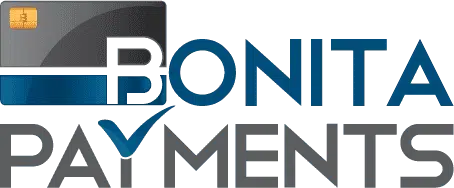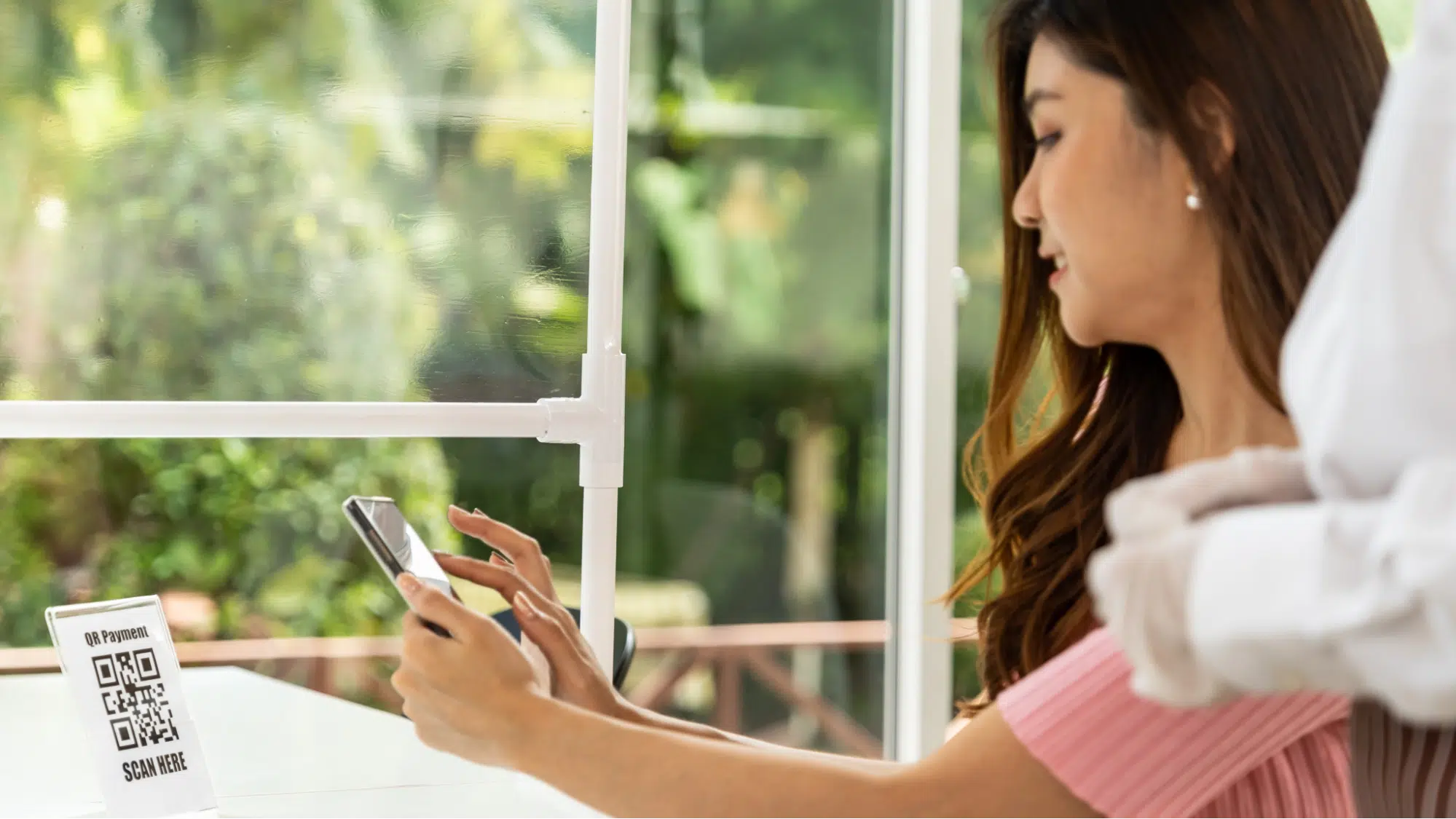The restaurant industry is in a continuous state of evolution. Given recent labor shortages, escalating customer demands, and the ongoing effects of the pandemic, it’s never been more important for restaurant owners and managers to leverage technology in the business landscape. One such transformative technology that is taking the hospitality industry by storm is QR code restaurant ordering systems.
A QR code, or Quick Response code, is a two-dimensional barcode that can be scanned using a smartphone to direct users to a specified online location. In the restaurant context, these codes can provide access to digital menus, facilitate food and beverage ordering, and process payments, all without the need for human intervention. These systems have rapidly evolved from an innovative concept into a practical, must-have solution for modern restaurants aiming to streamline their operations, satisfy tech-savvy customers, and improve their bottom line.
Why Are Restaurants Using QR Codes for Menus and Ordering?
The process of using QR codes to order food is straightforward, even for those who aren’t particularly tech-savvy. Once a customer has scanned the QR code with their smartphone, they’re directed to a digital menu. From here, they can select their preferred items, place an order, and even make a payment. All of this is done directly from their smartphone, promoting a smooth, seamless, and enjoyable dining experience.
The question arises: Why have QR codes become so indispensable for restaurants? There are several compelling reasons:
Contactless Menu
Amid the COVID-19 pandemic, there’s been a notable surge in the demand for contactless services to ensure safety. By using QR codes, restaurants can provide contactless menus, eliminating the need for physical menus, thereby reducing printing costs and potential virus transmission.
Reduced Wait Times
Allowing customers to order and pay via QR code significantly reduces the wait times usually associated with traditional ordering methods. This not only enhances the overall dining experience but also increases table turnover, a critical factor in boosting restaurant revenue.
Menu Flexibility
With digital menus facilitated by QR codes, restaurants can effortlessly update their menu items, prices, or specials in real-time. This flexibility eliminates the need for frequent and costly reprints of physical menus and ensures customers always have up-to-date information at their fingertips.
Increased Operational Efficiency
Streamlining the ordering and payment process reduces the workload on staff, allowing them to focus on other important tasks like food preparation and customer service. This results in a marked improvement in the restaurant’s operational efficiency.
QR Code Ordering and Increased Revenue
Among the numerous benefits of a QR code restaurant ordering system, one of the most appealing for restaurant owners is its potential to boost revenue. Implementing a QR code ordering system can lead to increased revenue for a restaurant in several ways:
Enhanced Customer Experience
QR code ordering systems provide convenience and efficiency to customers. They can quickly scan a QR code using their smartphones to access the menu, place orders, and make payments without the need for physical menus or waiting for servers. By streamlining the ordering process, customers can have a more enjoyable dining experience, leading to increased customer satisfaction and loyalty.
Increased Table Turnover
With traditional ordering systems, customers may have to wait for servers to take their orders, which can slow down the dining experience. QR code ordering eliminates this bottleneck, allowing customers to place orders directly from their tables. This leads to faster service and increased table turnover, enabling the restaurant to serve more customers in a given time period and generate more revenue.
Upselling Opportunities
QR code ordering systems can incorporate suggestive selling techniques by displaying add-ons, specials, or recommended items based on customer preferences or previous orders. By highlighting additional menu items, the system can encourage customers to explore new options or make additional purchases, thereby increasing the average order value and boosting revenue.
Efficient Staff Allocation
Implementing a QR code ordering system can optimize staff allocation in a restaurant. With digital ordering, staff members can focus more on food preparation, presentation, and customer service rather than spending significant time taking orders manually. This allows the restaurant to allocate resources more efficiently, potentially reducing labor costs and improving overall operational efficiency.
Data-driven Insights
QR code ordering systems can generate valuable data on customer preferences, ordering patterns, and popular menu items. By analyzing this data, restaurants can gain insights into customer behavior and tailor their menu offerings, marketing strategies, and promotions accordingly. Understanding customer preferences and trends can help optimize the menu, pricing, and promotional campaigns, leading to increased sales and revenue.
Reduced Errors and Waste
Traditional ordering systems involve manual communication between customers and servers, which can lead to misinterpretation of orders and errors in the process. QR code ordering systems eliminate the need for verbal communication, reducing the chances of errors and ensuring accurate order placement. This helps minimize food waste, as orders are directly transmitted to the kitchen, resulting in cost savings for the restaurant.
Reducing food waste is a significant concern for many restaurants, both from a cost and sustainability perspective. With a QR code restaurant ordering system, restaurants can maintain a precise digital record of orders, providing critical data to track and manage inventory efficiently. This level of inventory control minimizes overordering and contributes to a substantial reduction in food waste. Not only does this help boost profit margins, but it also promotes a more sustainable restaurant business.
Integrating QR Code Ordering into Existing POS System
Integrating QR code ordering into existing POS (Point of Sale) systems can provide several benefits to restaurants, such as improved efficiency, reduced wait times, and enhanced customer experience. Here’s an explanation of how restaurants can integrate QR code ordering into their existing POS systems:
- Choose a QR Code Ordering Platform: The first step is to select a QR code ordering platform that suits the needs of your restaurant. There are various options available, so research and choose a platform that integrates well with your existing POS system and provides the desired features.
- POS System Compatibility: Ensure that your POS system is compatible with the QR code ordering platform you have selected. Most modern POS systems offer APIs (Application Programming Interfaces) or integration capabilities that allow third-party systems to communicate with them. Check if your POS system supports the necessary integration methods or consult with your POS provider for guidance.
- Establish Communication Protocols: Work with the QR code ordering platform provider and your POS system provider to establish communication protocols between the two systems. This may involve sharing data and establishing a seamless connection to transmit orders, payments, and updates.
- Menu and Item Setup: Configure your menu and item information on the QR code ordering platform. Ensure that the platform can handle your menu items, including variations, customizations, and special instructions. The menu and item setup should align with your POS system’s structure to facilitate smooth integration.
- QR Code Generation: Generate unique QR codes for each table or designated ordering area in your restaurant. These QR codes will be displayed prominently, allowing customers to scan them using their smartphones to access the ordering platform.
- Order Placement and Processing: When a customer scans the QR code, they will be directed to the QR code ordering platform. They can browse the menu, select items, customize orders, and proceed to payment. The QR code ordering platform should facilitate a seamless flow of information to your POS system, ensuring orders are accurately received, processed, and transmitted to the kitchen or bar.
- Payment Integration: Integrate the QR code ordering platform with your POS system’s payment processing capabilities. This allows customers to make secure payments directly through the ordering platform, which simplifies the checkout process and reduces reliance on physical payment terminals.
- Order Fulfillment and Updates: As orders are received through the QR code ordering platform, they should be seamlessly transmitted to the kitchen or bar for preparation. Ensure that the integration between the QR code ordering platform and your POS system allows for real-time updates on order status, such as order received, in preparation, ready for pickup, or delivered.
- Data Synchronization and Reporting: Establish mechanisms to synchronize data between the QR code ordering platform and your POS system. This ensures that inventory levels, sales data, and other crucial information remain accurate and up to date. Additionally, leverage the reporting capabilities of the QR code ordering platform to gain insights into customer preferences, order patterns, and other valuable metrics.
- Staff Training and Support: Train your staff on how to handle QR code orders, troubleshoot any issues, and provide support to customers who may need assistance with the ordering process. Familiarize them with the integration between the QR code ordering platform and the POS system to ensure they can effectively manage orders from both channels.
QR Code Ordering and the Future of the Restaurant Industry
With its increasing adoption from local dine-in restaurants to national restaurant chains, QR code ordering appears set to become an integral part of the industry. The advantages are clear: increased customer satisfaction, higher revenues, improved operational efficiency, and reduced food waste, not to mention an effective solution to staff shortages.
However, the true potential of QR code ordering lies in its inherent versatility. With continuous innovation, this technology could potentially revolutionize aspects such as loyalty programs, personalized promotions, and predictive ordering, firmly embedding the restaurant industry in the digital age.
As the hospitality industry grapples with an increasingly challenging climate, finding the right solutions for your restaurant is paramount. Adopting QR code ordering may seem like a big step, but the potential benefits in terms of operational efficiency, customer satisfaction, and increased revenue make it a compelling option for many.






